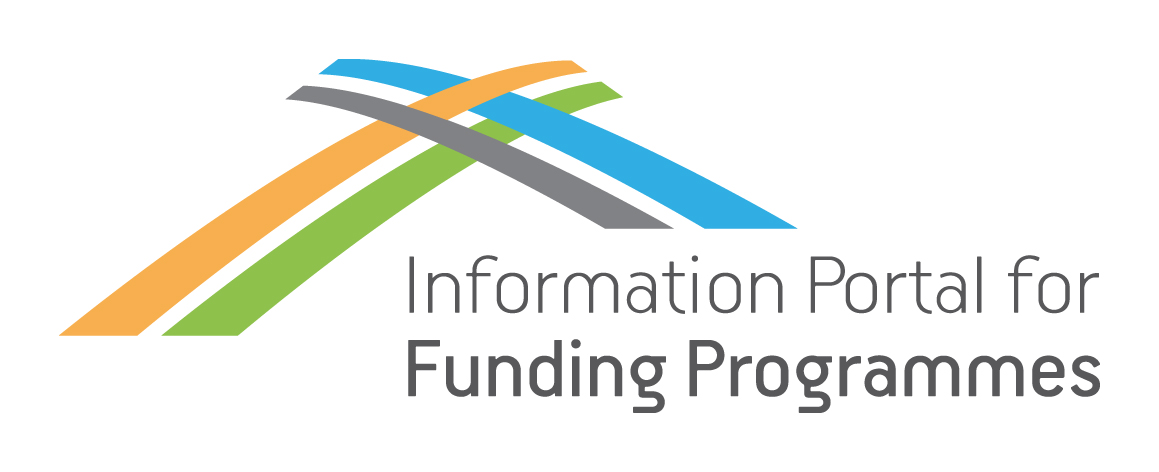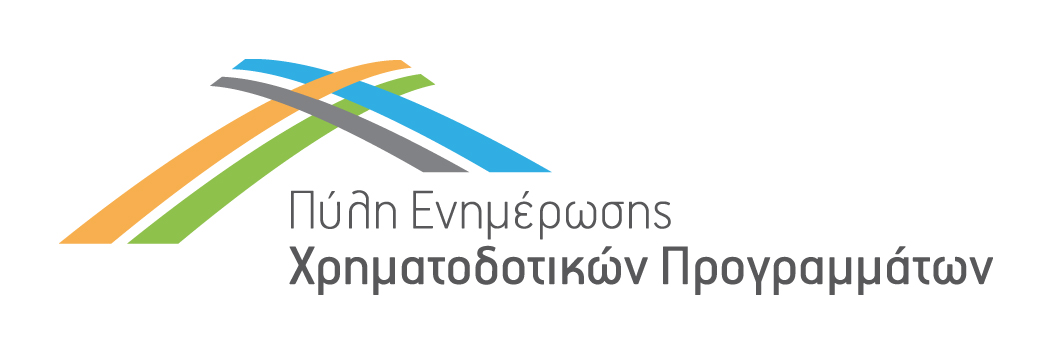Programme Category
Programme Name
Programme Description
The Clean Hydrogen Joint Undertaking or Clean Hydrogen Partnership is a unique public-private partnership supporting research and innovation (R&I) activities in hydrogen technologies in Europe. It builds upon the success of its predecessor, the Fuel Cells and Hydrogen Joint Undertaking.
Identifier Code
Call
Summary
The scope of this topic is to develop, validate and demonstrate a reliable, efficient, and low-cost PEM based fuel cell system (FCS) with a minimum power output of 1 MW, suitable for further scaling to at least 10 MW for use in maritime applications.
Fuel cell stack development and integration of the FCS in a vessel are outside the scope of the project.
Detailed Call Description
Proposals should address the following:
- Develop, build and validate a new hydrogen fuelled FCS with a net power output of at least 1 MW showing actual improvements with respect to SoA regarding reliability, efficiency and cost. The system may contain multiple stacks and multiple modules. The full 1 MW FCS should be demonstrated in relevant environment for at least 1000 hours, enabling to test in moisty and salty conditions and considering different air inlet temperature (to simulate different installation areas on board of vessels). A part of the system, providing at least 200 kW and operating against an emulation of the rest of the FCS, should be demonstrated for 40,000 hours by means of Accelerated Stress Test procedures. The FCS should be validated to provide power according to sailing profile/load request of a real vessel in a simulation approach;
- The FCS architecture should follow a flexible and scalable methodology, encompassing both stacks and balance-of-plant (BoP) components. The methodology should allow extension to at least 10 MW of net power output, minimise the required workload of system integrators and original equipment manufacturers (OEM) (e.g., by exploiting pre-existing standards such as StasHH), and adapt to the requirements of different operating conditions and vessel classes.
- The project should evaluate the impact of the developed architecture on the Total Cost of Ownership (TCO) of the FCS, as well as the cost characteristics for systems up to 10 MW building on the 1 MW FCS architecture compared to currently available propusion solutions. Alternative architectural choices may be evaluated to identifying the best solutions for different market segments.
- The architecture should satisfy the high reliability requirements of maritime applications, and the system should be able to operate robustly in case of failure of single or multiple components, identifying and emulating relevant incident and accident scenarios (e.g., human error, on-board fire, collisions, bad weather conditions) that require specific procedures. Safety aspects should hence be thoroughly analysed for the architectures developed, for all relevant operations (propulsion, hotelling when docked, maintenance, etc.), producing adequate procedures, recommendations and best practices for end users.
- Develop or adapt open-source simulation tools for multi-MW Fuel Cell Systems (available e.g., from the VirtualFCS project), making them available to system integrators and OEMs to help their design activities. The tools should be demonstrated by performing dynamic simulations of the FCS and all its subsystem in its realised configuration and relevant alternative ones, scaling up to at least 10 MW.
- Develop and publish open-source control software amenable to be deployed with no or minimal adaptations on real-world vessels, using appropriate communication interfaces. The control algorithms should satisfy relevant operational requirements, such as dynamics, efficiency, reliability and safety. The software should be able to gather, process and communicate relevant data for FCS diagnostics and prognostics. Diagnostics and prognostics for the demonstrator may be developed or adapted from previous projects.
- Liaise with regulatory bodies and identify the requirements that such a FCS needs to satisfy for type approval, and what implications it has on the design methodology.
Looking at future development and on-board integration, the following activities should be envisaged:
- Scale up activities (targeting specific multi-stack FC systems sizes and cost functions), the setup of a roadmap to TRL9 and the development of potential studies for MW-scale integration on board (and FC stack/system design) are also required. At least one use case, supported by an industrial ship-owner/manager (expected to be part of the consortium or of the Advisory Board) should be developed during the project;
- Engagement of end-users is crucial to collect their feedback about the proposed FC technology, also at regulatory and non-technical level.
Call Total Budget
Financing percentage by EU or other bodies / Level of Subsidy or Loan
Expected EU contribution: €7.000.000
Thematic Categories
- Energy
- Research, Technological Development and Innovation
Eligibility for Participation
- Other Beneficiaries
- Researchers/Research Centers/Institutions
Call Opening Date
Call Closing Date
EU Contact Point
Email: info@clean-hydrogen.europa.eu
Phone number: +32 22218148
Postal address: Avenue de la Toison d’Or 56-60, 1060 Brussels, Belgium




